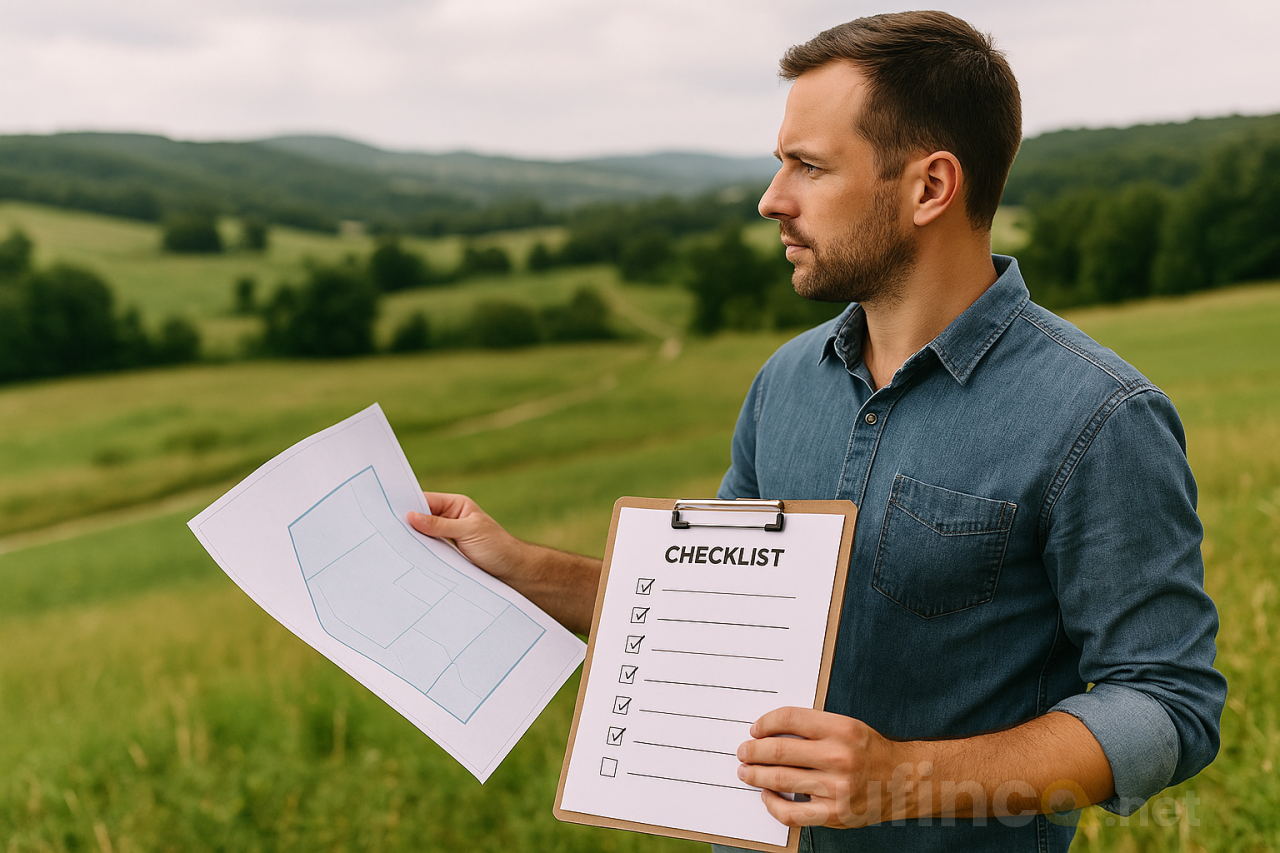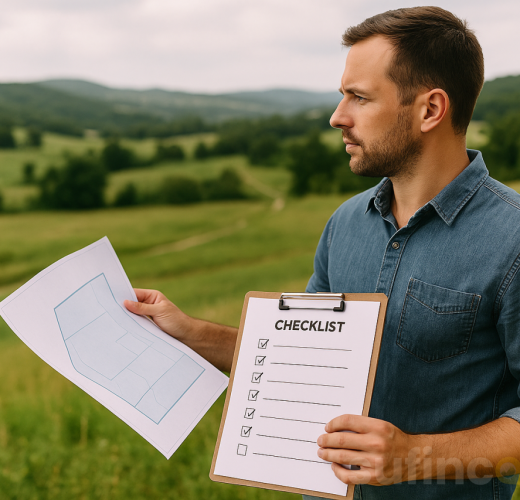Real Estate Buying Checklist: What to Know Before Purchasing a Farm
Buying rural property is exciting, but it’s also a big step that requires careful planning. Farms involve more complex factors than urban properties—from water sources to road access and legal documentation. Here’s a practical checklist to help you avoid common mistakes:

✅ Before visiting the property
-
Clarify the purpose
Is the farm for recreation, agriculture, tourism, or a combination? Define this early to focus your search. -
Check the climate and exact location
Make sure the area’s climate matches your goals (growing crops, relaxation, etc.) and assess proximity to main roads and towns. -
Confirm availability of basic services
Electricity, water (aqueduct, community source, or springs), cellular signal, and internet if needed.
✅ While on-site
-
Evaluate road access
Is it paved, dirt, or only reachable with a 4x4? This impacts logistics, future construction, and resale value. -
Inspect water sources and drainage
Water is key—especially for farming or livestock. Make sure sources are reliable and the terrain drains properly. -
Review property boundaries and terrain
Look for fences or natural borders and understand the land’s slope and usability.
✅ Legal and technical steps
-
Request the property’s title (Certificado de Tradición y Libertad)
Ensure there are no debts, legal disputes, or hidden issues. -
Review official blueprints and boundary descriptions
Detailed boundaries prevent neighbor conflicts and help in registration. -
Verify registration with Public Records Office
Make sure the land is legally recognized and documented. -
Hire a local real estate lawyer
Ideally someone with rural property experience to guide you through the legal process.
✅ Post-purchase tips (optional but wise)
-
Schedule a technical visit with a surveyor or agronomist
They can advise on terrain usage and productivity potential. -
Talk to locals or neighbors
They can offer useful insights about water, safety, and the land’s background.



